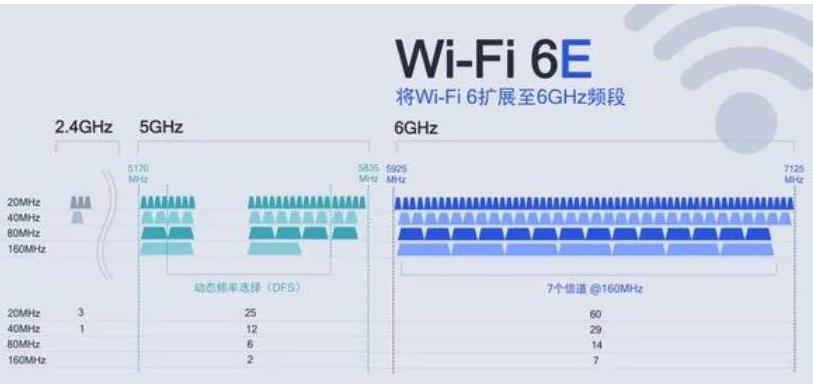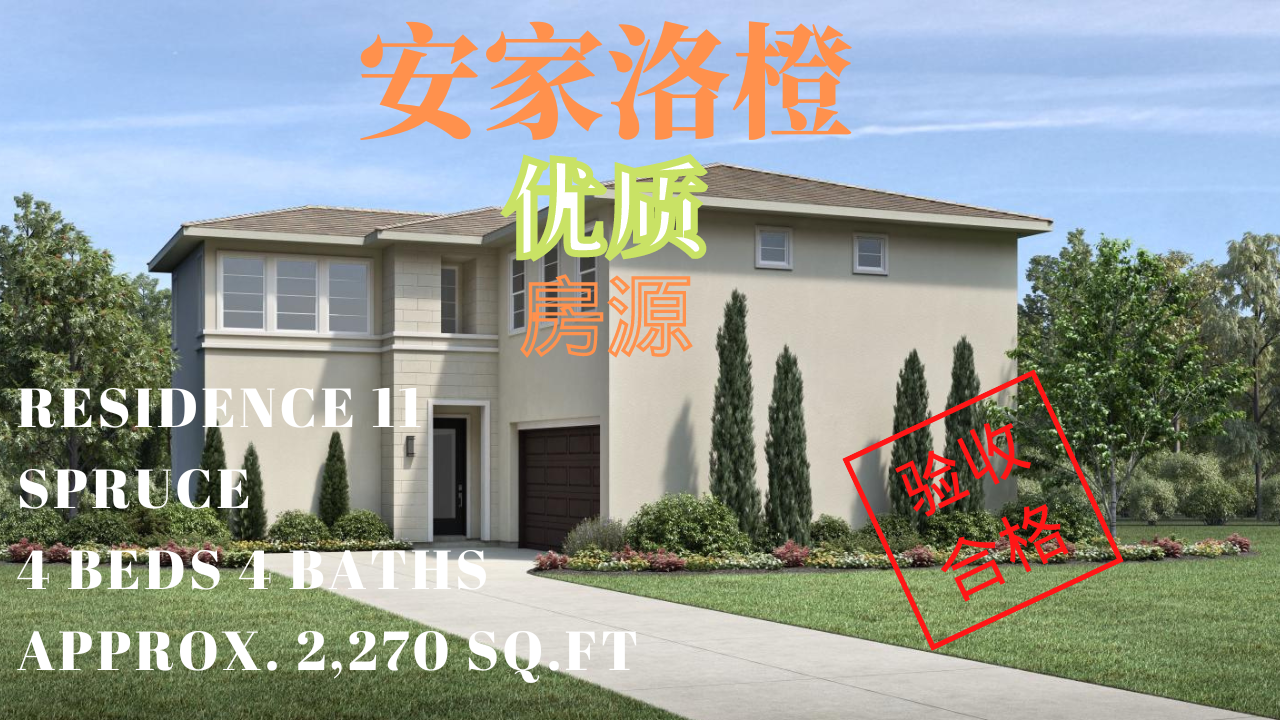DB QCN9074/DBDC QCN9274 Wifi 2.4 GHz and 5 GHz, 6E difference.
At present, there are many wifi cards on the market, some of which support 2.4 GHz and 5 GHz, 6GHz/6E frequency bands, and some wifi cards that support both frequency bands at the same time, such as using Qualcomm chips QCN9074/QCN9274, etc., to meet the various needs of customers. But many people don't know the difference between these three frequency bands, let's take a look:
What is the difference between 2.4 GHz WiFi and 5 GHz WiFi?
2.4 GHz WiFi and 5 GHz WiFi are two common frequency bands in wireless networks, and there are the following differences between them:
Frequency bands: 2.4 GHz and 5 GHz represent the frequencies at which wireless signals are transmitted in different frequency bands. The 2.4 GHz band has lower frequencies, while the 5 GHz band has higher frequencies. Due to the difference in frequency, they differ in transmission performance and characteristics.
Coverage: Since the signal in the 2.4 GHz band has a longer wavelength, it has a better ability to penetrate objects and travel distance than the 5 GHz band. As a result, 2.4 GHz WiFi signals can travel over a wider area and penetrate walls and obstacles better.
Transmission speed: The 5 GHz frequency band has higher frequency and wider channel width, which enables 5 GHz WiFi to provide higher transmission speed. In comparison, 2.4 GHz WiFi has a lower transmission speed. Therefore, for applications that require higher speed and bandwidth, such as high-definition video streaming, online gaming, and large file transfers, 5 GHz WiFi is more suitable.
Interference: The 2.4 GHz frequency band is a common wireless signal frequency band, and many devices and household appliances (such as microwave ovens, Bluetooth devices) also operate on this frequency band. This may cause more interference to the 2.4 GHz WiFi signal, affecting network performance. In contrast, there is less interference on the 5 GHz band because relatively few devices use this band.
To sum up, the choice between using 2.4 GHz WiFi or 5 GHz WiFi depends on the specific use case. If you need wider coverage and better penetration, you can choose 2.4 GHz WiFi. And if you need higher transmission speed and resistance to interference, you can choose 5 GHz WiFi. Many modern routers support dual-band, so you can use both the 2.4 GHz and 5 GHz bands simultaneously if you want.
5 GHz WiFi and 6E WiFi are two different wireless network technology standards, and there are the following differences between them:
Frequency band: 5 GHz WiFi refers to the technology that uses the 5 GHz frequency band for wireless signal transmission, while 6E WiFi refers to the technology that uses the 6 GHz frequency band for wireless signal transmission. 6E WiFi extends the 5 GHz frequency band to the 6 GHz frequency band, providing users with more available spectrum.
Spectrum capacity: 6E WiFi has a larger spectrum capacity in the 6 GHz frequency band, and can provide more available channels than 5 GHz WiFi. This enables 6E WiFi to support more device connections and higher network capacity, reducing network congestion and interference.
Interference: Since 6E WiFi uses the newer 6 GHz frequency band, it suffers less interference from other devices than 5 GHz WiFi. Because the 6 GHz band is relatively new among currently used bands, fewer devices use this band, reducing the potential for interference.
Speed and performance: 6E WiFi is similar to 5 GHz WiFi in terms of speed and performance, but can provide higher bandwidth and faster data transfer speeds due to the use of a wider range of spectrum. This makes 6E WiFi more advantageous in scenarios with high bandwidth requirements such as large file transfers, high-definition video streaming, and real-time applications.
Wallys has over 10 years of research and development experience, experienced in linux, wifi protocol and other aspects, Qualcomm chip development drivers, kernel and other important software development, modification and compilation, to meet customers' different wifi functional needs.
We have a strong hardware design team, and experienced people know that the most difficult part of hardware design is RF circuit design, baseband, etc., while wallys team made 0 error to achieve signal integrity, such as frequency conversion of network card, from 2.4G to 900M, which is a technological breakthrough.
Clients: TIP,Facebook, Openwrt, etc
Email:sales@wallystech.com
WEB:https://www.wallystech.com/





































